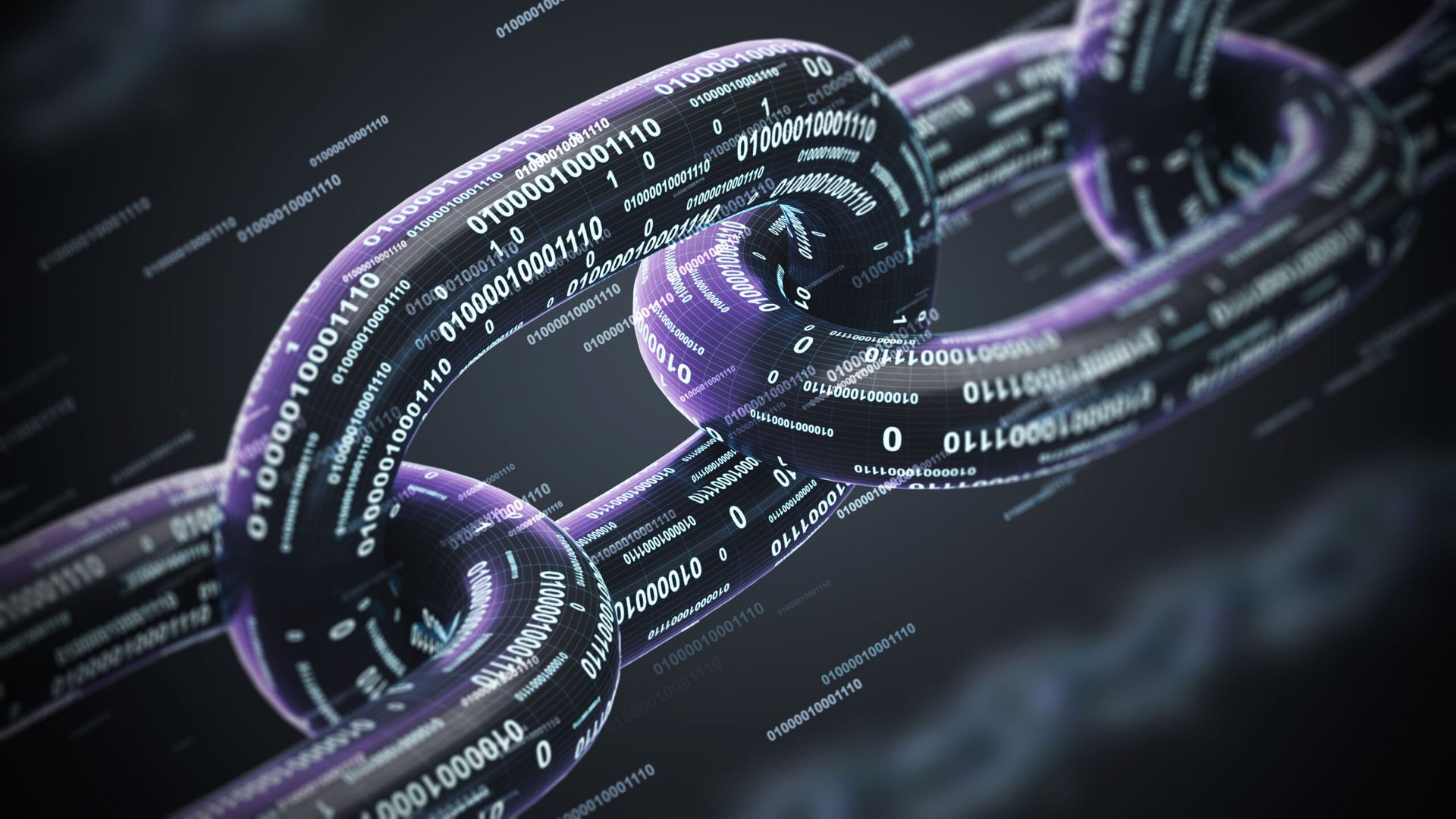With the changing security landscape, the most daunting task for the CISO and CIO is to fight an ongoing battle against hackers and cybercriminals. Bad actors stay ahead of the defenders and are always looking to find new vulnerabilities and loopholes to exploit and enter the business network. Failing to address these threats promptly can have catastrophic consequences for the organization.
A survey finds that, on average, it takes more than five months to detect and remediate cyber threats. This is a significant amount of time, as a delayed response to cyber threats can result in a possible cyber-attack. One can never forget the devastating impacts of the Equifax breach in 2017 and the Target breach in 2013 due to delayed detection and response. This is concerning and highlights the need for proactive cybersecurity measures to detect and mitigate rising cyber threats. Amidst this, it's also crucial to look into why it is challenging to detect cyber threats.
Why do organizations fail to detect cyber threats?
Security teams are dealing with more cyber threats than before. A report also confirmed that global cyber attacks increased by 38% in 2022 compared to the previous year. The increasing number and complexity of cyberattacks make it challenging for organizations to detect them.
Hackers use sophisticated techniques to bypass security systems and solutions. like zero-day vulnerabilities, phishing attacks, business email compromises (BEC), supply chain attacks, and Internet of Things (IoT) attacks. Some organizations are unaware of the latest cyber threat trends and lack the skills and resources to detect them. For instance, hackers offer professional services like ransomware-as-a-service (RaaS) to launch ransomware attacks. Surprisingly, two out of three ransomware attacks are facilitated by the RaaS setup, but still, companies fail to have a defensive strategy against them.
Enterprises relying on legacy devices and outdated software programs are no longer effective at recognizing certain malicious activities, leaving the network vulnerable to potential threats. Additionally, the lack of trained staff, insider threats, and human errors are other reasons why many organizations suffer at the hands of threat actors. Besides this, much of the company's data is hidden as dark data. As the defensive teams and employees may be unaware of it, the hackers take complete advantage of dark data and either replicate it or use it to fulfill their malicious intentions.
Moreover, cloud migration has rapidly increased in recent years, putting cybersecurity at significant risk. The complexity of the cloud environments, poorly secured remote and hybrid work environments, and sharing security responsibilities between cloud service providers and clients have complicated the situation. In addition, cloud vulnerabilities, which have risen to 194% from the previous year, have highlighted the need for organizations to look out for ways to strengthen their security infrastructure.
Security Measures to Consider to Prevent Cyber Threats
Since businesses face complex cyber threats, mitigating them requires a comprehensive and proactive approach. Here are the most effective tips organizations can employ to strengthen their cybersecurity posture:
Practice a multilayered cybersecurity approach
Adopting a multilayered cybersecurity approach is a great way to combat rising threats before they manifest into a cyber-attack. In a multilayered security approach, if one layer is compromised, other layers can offer protection and help detect and respond promptly to threats.
A multilayered approach is vital in the ever-evolving security landscape where cyber-attacks are increasing in number and becoming more sophisticated. It comes with a variety of tools and security solutions to safeguard the organization's network, including endpoint detection and response (EDR), data security posture management (DSPM), security information and event management (SIEM), network detection and response (NDR), and user and entity behavior analytics (UEBA). These solutions provide visibility into the organizational network and protect against different types of threats.
Having multiple layers of protection is good but focusing on basic security hygiene also helps reduce the risk of cyber threats. Setting up multi-factor authentication (MFA) and data backups are fundamental to cybersecurity; however, many companies still get them wrong. Data backup can be a mere failure because of human error, infrastructure failure, or improper software updates. Implementing robust cloud or immutable backups is the best way to overcome this issue. As immutable backups are out of the range of SMBs, the cloud backup is easier to adopt and disconnects from the main network, guaranteeing more protection.
Similarly, MFA is not as safe as it used to be because hackers have introduced various tactics and attacks to bypass MFA controls. However, the introduction of phishing-resistant MFA that includes various authenticators like FIDO2, PKI, or CBA increases security and mitigates the risks.
Develop a comprehensive incident response plan
With cybercriminals evolving and becoming more sophisticated, organizations must have a well-defined incident response plan (IRP) to stay ahead of potential threats. Without an incident response plan, enterprises usually panic with no idea who to call and what to do. With an adequate plan in place, the chief security officers (CSOs) and other members of the security teams know what to do and ensure that the disaster recovery measures work properly.
IBM's Cost of a Data Breach Report 2022 found that organizations having an incident response plan had an average data breach cost lower than organizations without an IRP. Creating and implementing an IRP is an invaluable step. It enables enterprises to manage better, helps the security teams detect and respond promptly to potential cyber threats, and mitigates the risk of future incidents.
An incident response plan is a comprehensive approach that includes guidelines for detecting, containing, and recovering from security incidents. In addition, it highlights the roles and responsibilities of the stakeholders across the organizations, the CISO, and the SOC involved in the process. Most IRPs follow the general framework based on the incident response models developed by the National Institute of Standards and Technology (NIST), the SANS Institute, and the Cybersecurity and Infrastructure Agency (CISA).
Many organizations do have common security controls to support the incident response plan. But now, with advancement, dedicated tools like SOAR or SIEM help guide a team through its incident response workflow and provide all the necessary details to make an informed decision. These tools must be implemented long before because they provide critical information that helps recognize, investigate, and respond to an incident.
Establish cybersecurity policies and focus on employee education
Cybersecurity policies are crucial in preventing cyber threats and attacks. Businesses of all sizes must adhere to stringent policies such as access control, insider threat programs, vendor management, and remote access policies to ensure that all employees know their roles and responsibilities. Additionally, with strict guidelines in place, it's easy for companies, mainly security staff, to stop unauthorized persons from accessing sensitive data and, therefore, mitigate the chances of potential data leaks.
Verizon's Data Breach Investigation Report 2022 reveals that 82% of data breaches involve a human element. To combat this issue, having a people-centric cybersecurity approach is the best possible solution. This approach mainly focuses on educating and monitoring the employees, and various ways exist.
Organizations can conduct regular cybersecurity training sessions to teach staff at all levels to detect and respond to cyber threats like ransomware or phishing attacks. They can also introduce the concept of gamification to make employees understand how various cyber-attacks work playfully. Besides this, security teams must monitor the workers' actions, especially when dealing with critical data. Also, they can perform background checks and have a proper termination procedure for anyone not following the cybersecurity policies and putting the company's security at risk.
Final Thoughts
With the high risk of cyber threats, organizations must take steps to protect their systems and data. One of the best ways to do this is by leveraging a multilayered cybersecurity approach that includes a variety of security solutions that help recognize these threats and strengthen overall organizational security. In addition, having a robust incident response plan further allows the CISO to have a planned strategy to combat rising cyber threats.
Remember that ensuring cybersecurity is an ongoing process and effort; staying updated on the latest threats and practicing basic security hygiene is also vital for the security teams and other organization members. To sum up, with proper measures, organizations can successfully reduce the number and severity of attacks and function and progress without hindrance.
Blog courtesy of AT&T Cybersecurity. Regularly contributed guest blogs are part of MSSP Alert’s sponsorship program.




